Glossary
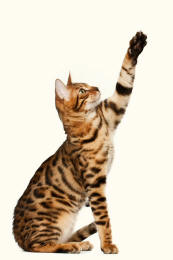
(Felis silvestris catus)
Digitigrade
Walking or bearing weight on toes.
Digitigrade describes the orientation or progression of animals bearing weight on the plantar surface of the phalangeal region.
Only digits (toes) make contact with the ground.
Digitigrade describes the orientation or progression of animals bearing weight on the plantar surface of the phalangeal region.
Only digits (toes) make contact with the ground.
Protractile Claw
Claw that can be protracted (extended) from its protective sheath.
Cats’ claws are protractile, but often (incorrectly) described as retractile.
At rest, the claw is retracted; muscular action (contraction) protracts the claw out of the sheath, rather than retracts it in.
Cats’ claws are protractile, but often (incorrectly) described as retractile.
At rest, the claw is retracted; muscular action (contraction) protracts the claw out of the sheath, rather than retracts it in.
Retractile Claw
Claw that can be retracted (drawn back) into its protective sheath.
Cats’ claws are protractile, not retractile.
At rest, the claw is retracted; muscular action (contraction) protracts the claw out, rather than retracts it in.
Cats’ claws are protractile, not retractile.
At rest, the claw is retracted; muscular action (contraction) protracts the claw out, rather than retracts it in.
Hyaenidae
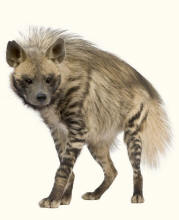
Felidae
The taxonomic family of the cats.
Members of the cat family are known as felids.
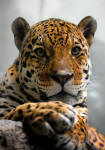
Members of the cat family are known as felids.

Caniformia
Literally means
dog-like.
Caniforms usually have non-protractile claws.
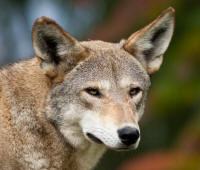
Caniforms usually have non-protractile claws.

Herpestidae
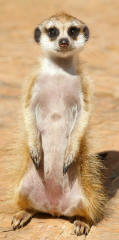
Nandiniidae
Title9
text





